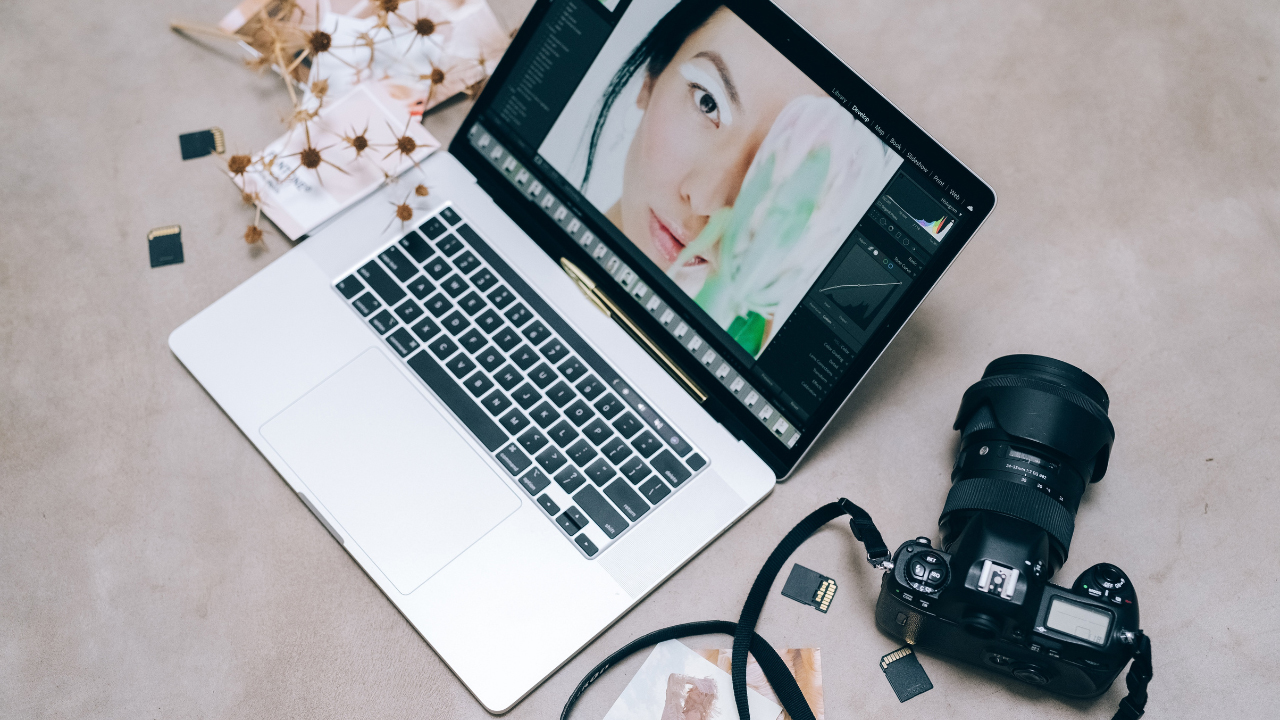Are You RAW?: The Difference Between a RAW Image and a .JPG

JPEG vs RAW photos is a common comparison that photography enthusiasts come across. The decision between shooting in RAW or JPEG format can have a significant impact on the final outcome of the photo. Come along as we discuss the key differences.
The fundamentals of JPEG vs RAW photos
A RAW image is an unprocessed digital image captured by the camera’s sensor, which contains all the information captured by the camera. In contrast, a JPEG file is a compressed image file format that discards some of the information captured by the camera’s sensor.
Control over the final image
One of the primary differences between a RAW image and a .JPG is the level of control the photographer has over the final image. This one could be the decider for you in terms of JPEG vs RAW photos.
Control over RAW images
RAW images are essentially digital negatives and allow for more post-processing adjustments to be made to the image, such as white balance, contrast, exposure, and sharpness. This format captures more detail and color information, allowing photographers to create more precise adjustments to the image in post-processing.
Control over JPEG images
On the other hand, a .JPG file is a compressed image that discards some of the captured information, making it more challenging to make significant adjustments in post-processing without sacrificing image quality. JPEG images are designed to be viewed or printed straight out of the camera, making them ideal for those who don’t want to spend time processing their images.
However, it is worth noting that when you shoot in JPEG, you are letting the camera make some of the key image decisions, such as color and contrast, which may not always align with the photographer’s vision.
File sizes
Another significant factor in the JPEG vs RAW photos argument is the size of the files. RAW files are significantly larger than JPEG files due to their uncompressed nature, which can take up a lot of storage space on your camera’s memory card. JPEG images, on the other hand, are much smaller and take up less space, allowing you to store more photos on your camera’s memory card.
The level of detail and image quality
The level of detail and image quality are also crucial factors to consider when comparing JPEG vs RAW photos. RAW files capture all the details and nuances of a scene, which means that the resulting image is of higher quality, with less noise and artifacts. JPEG files, on the other hand, are compressed, which can result in a loss of image quality, especially when the image is heavily processed.
RAW vs. JPEG: Final thoughts
When it comes to our final thoughts on JPEG vs RAW photos, it ultimately comes down to personal preference and the intended use of the images. If you are a professional photographer who requires maximum control over the final image and is willing to invest time in post-processing, then RAW images may be the better choice.
However, if you are an amateur photographer or simply want to take snapshots without worrying about post-processing, then JPEG images may be a more practical option.
To obtain further insights, techniques, and beneficial materials, be sure to subscribe to our YouTube channel and stay updated with our blog. In case of any queries, do not hesitate to seek advice from Arwyn, the Time-Lord.
